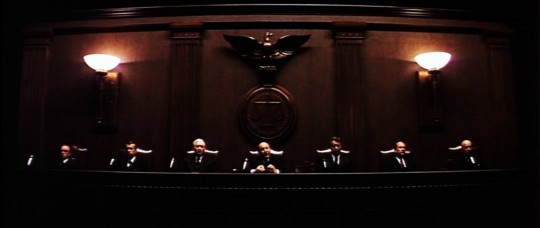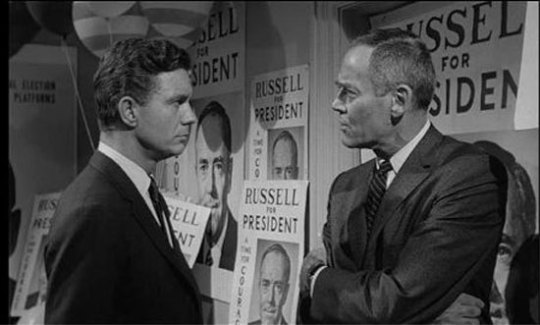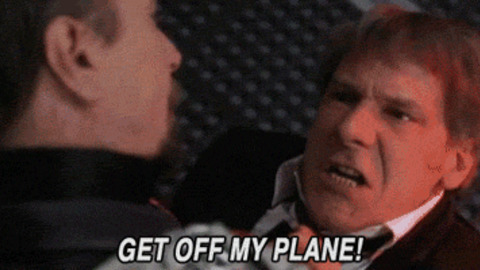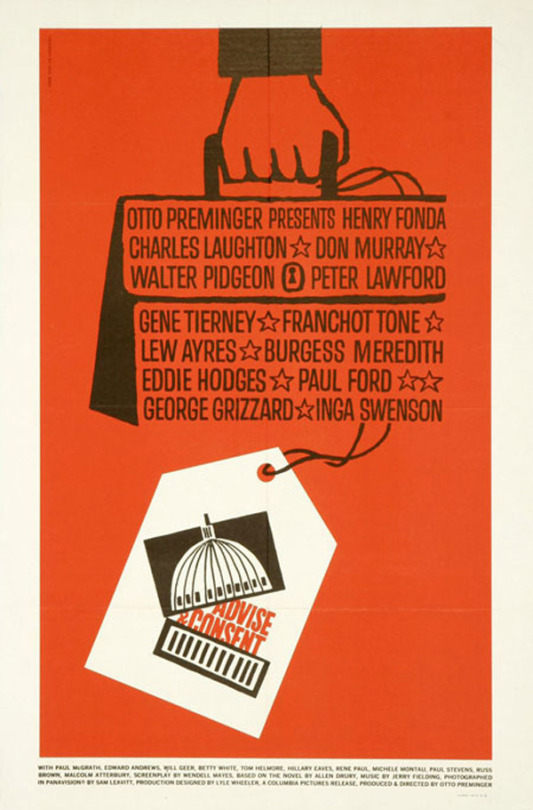Dallas through the Looking Glass: Post-Truth and Kennedy Assassination Moviesby Chris Evangelista
By Yasmina Tawil
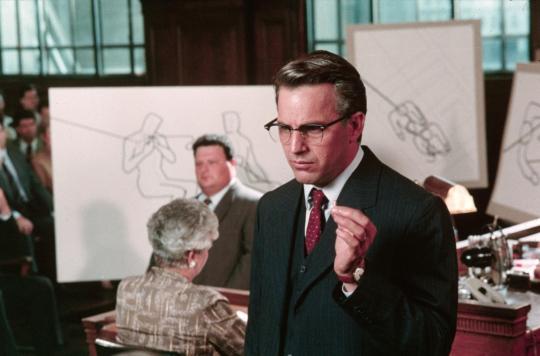
Heres an alarming statistic: a recent CBS News poll revealed 74% of Republican voters believe the conspiracy theory that the offices of Donald Trump were wiretapped during the 2016 presidential campaign, despite there being absolutely no evidence to support that claim. But conspiracy theories are easy to grasp onto. Another poll, this one by Fairleigh Dickinson University, says 63% percent of American voters believe in at least one political conspiracy theory. Theres a strange comfort in believing a conspiracya sense that you are in the know, while others are on the outside looking in; that you, and a select few others, have discovered the truth, while everyone else is still in the dark.
Conspiracy theories surrounding presidents are nothing new. The wiretapping conspiracy theory, however, had the unlikely distinction of being made popular by the president himself, via Mr. Trumps serially inaccurate Twitter feed. Trump himself has made his entire political career about conspiracy theories: his current ascendance in the world of politics, for instance, owes something to his leadership of the Birther movementthe not-so-thinly veiled racist belief that President Barack Obama is not an American citizen. At the time, Trump and his hateful ilk were on the fringe. Now theyre running the country. Welcome to the post-truth era. Welcome to the world of alternative facts.
Shortly after the startling 2016 presidential election, the Oxford Dictionaries selected post-truth as the international word of the year. The term is defined as relating to or denoting circumstances in which objective facts are less influential in shaping public opinion than appeals to emotion and personal belief. Yet this post-truth way of thinking is nothing newrather, it has finally gone from existing somewhere on the fringes to playing a role in the mainstream. Perhaps the most overwhelming source of post-truth logic had been in plain sight for the last 53 years, in the conspiracy buff movement that has studied and dissected the November 22, 1963 assassination of President John F. Kennedy. And, as is the case with any event that shocks the world, it was only a matter of time before art attempted to make sense of reality.
In 1973, ten years after JFKs assassination, Executive Action found its way into theaters, starring Burt Lancaster, with a script by Dalton Trumbo. Imagine if in 2011 a film about 9/11 being an inside job written by Aaron Sorkin and starring Tom Hanks had been released, and you might have some concept of how startling Executive Action likely seemed. Here was a no-nonsense thriller, inter-spliced with actual newsreel footage of Kennedy, concerning a shadowy cabal of businessmen who make up their minds to murder the president. They have their reasons: Kennedy pulling out of Vietnam will be bad; Kennedys support of civil rights will lead to a black revolution; Kennedy is taking the country in a distressingly liberal direction. What are a group of businessmen, oil tycoons, and ex-US intelligence members to do but put together a very intricate, somewhat convoluted plot to kill JFK and frame a hapless patsy, Lee Harvey Oswald?

Executive Action was the brainchild of attorney and conspiracy buff Mark Lane, who wrote multiple books on the assassination. (Although rumor has it that it was actor Donald Sutherland who came up with the idea first, and tasked Lane with writing a script for him to star in.) Director David Millers approach to the script is workmanlike: lots of medium shots, lots of by-the-numbers blocking. No frills. But there is an undeniable effectiveness to the film, mostly in how calmly everything is handled. When you contrast this film with Oliver Stones JFK (more on that later), which tells almost the same story, its night and day. Stones film is frantic, unhinged, to the point that you can almost see the perforations as the film shakes off the reels. Executive Action is cold, businesslike, much like the men who nonchalantly plan to kill the most powerful man in the world. Lancaster, with his clipped cadence, has never been so chilling. He has a simple jobhire men to kill JFKand he does it the way any everyman might approach a difficult but not impossible task. Theres no drama, no wringing of hands, no moral conundrum. It makes Executive Action all the more believable. Everyone is so calm and collected here that you cant help but think, Well, maybe this is how it happened. (Its not.)
On the heels of Executive Action came Alan J. Pakulas darkness-drenched The Parallax View. Parallax isnt a direct take on the Kennedy assassination, but the implications are unmistakable. Once again, we have a group of shadowy captains of industry pulling the strings behind the scenes. Once again, we have an unfortunate patsy set up to take the fall for a political assassination. Notice a thread here: a lone gunman is framed and blamed. An angry lone nut takes the fall while the real killers go unnoticed, or worseremain in power, unstoppable. So disillusioned were the American people by both JFKs death and Watergate that it was easy to believe the forces of darkness were calling the shots.
